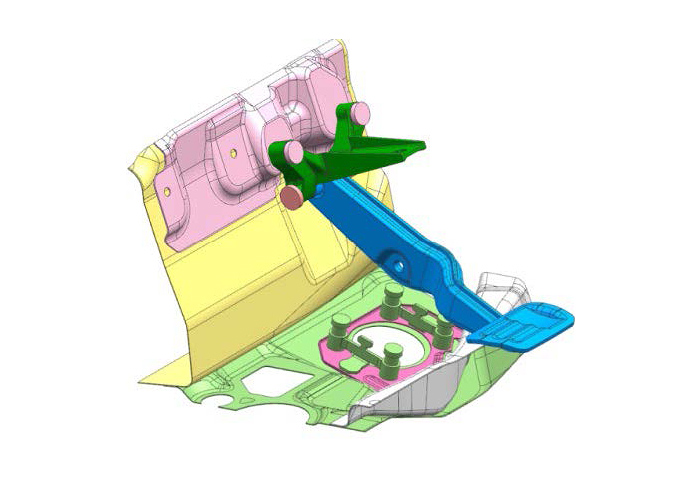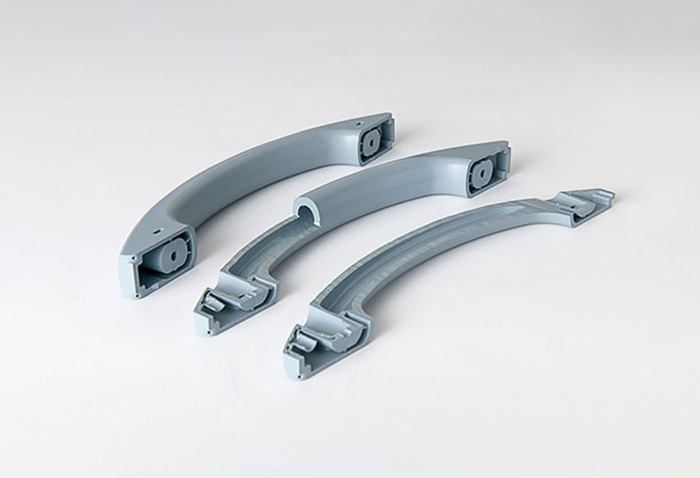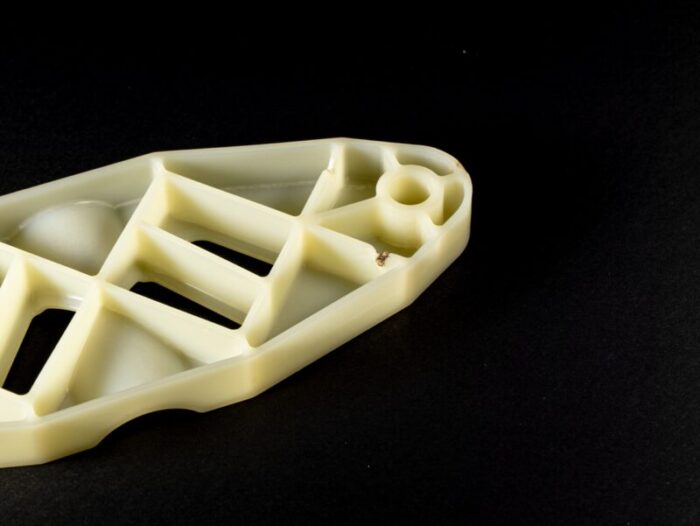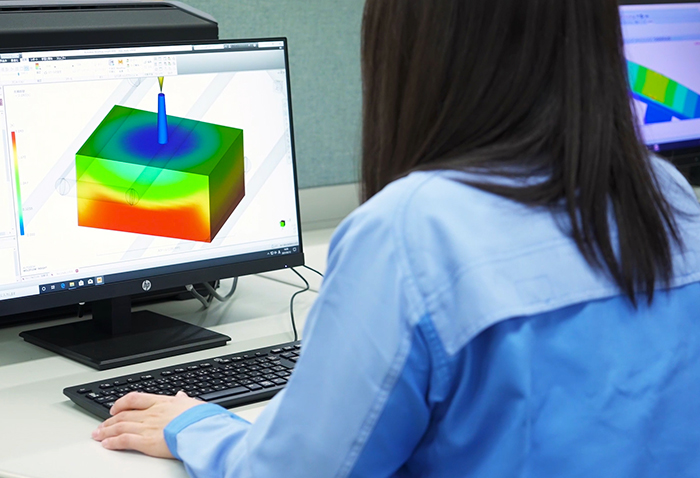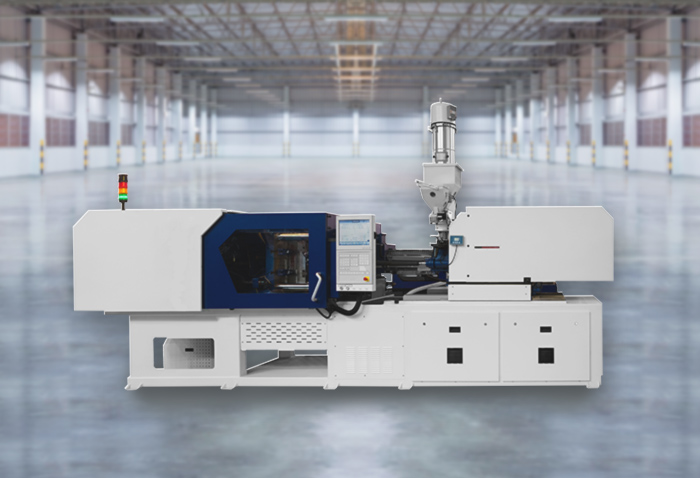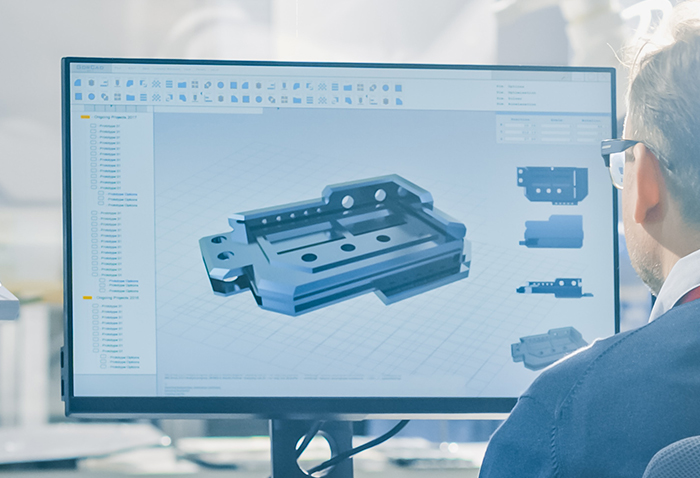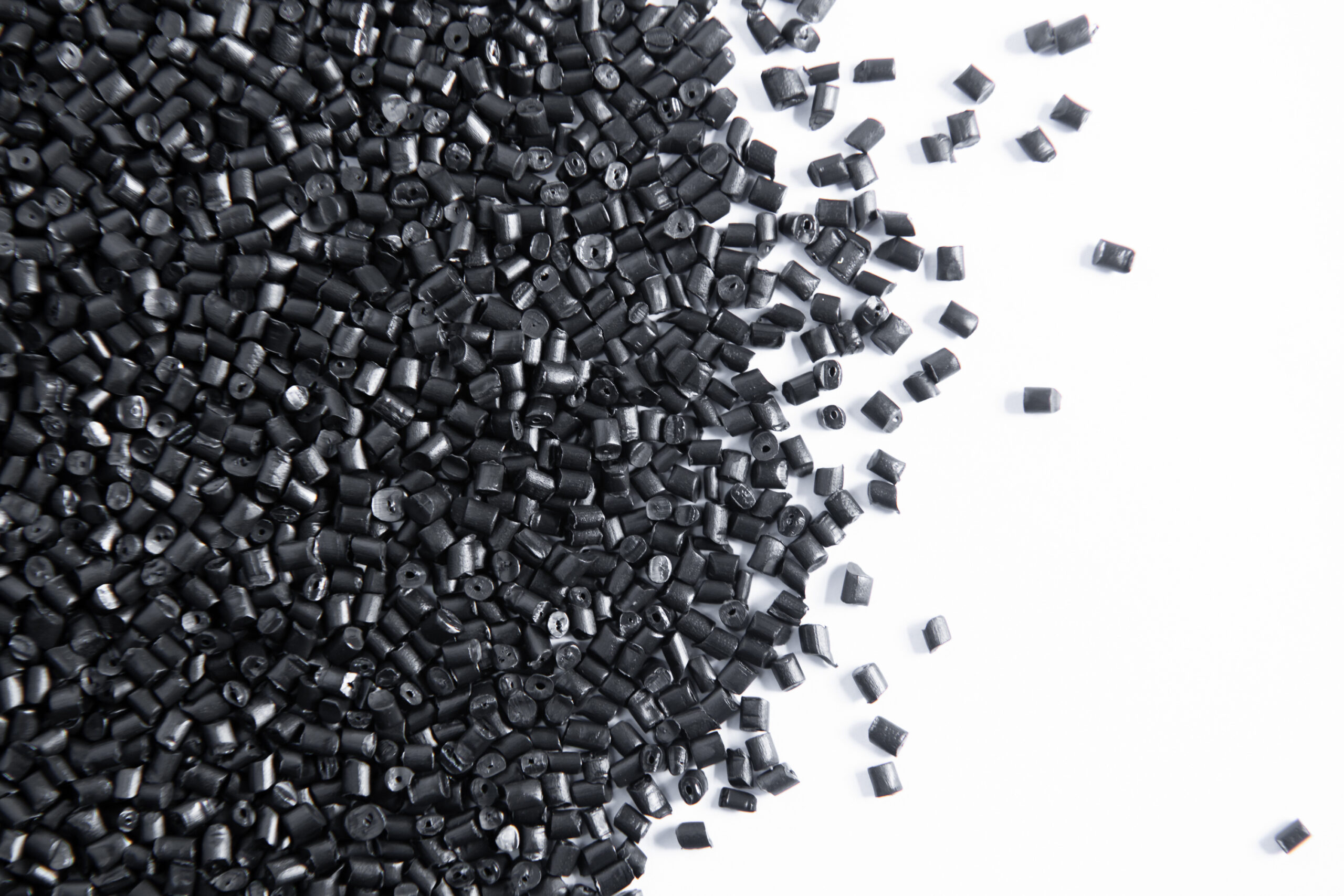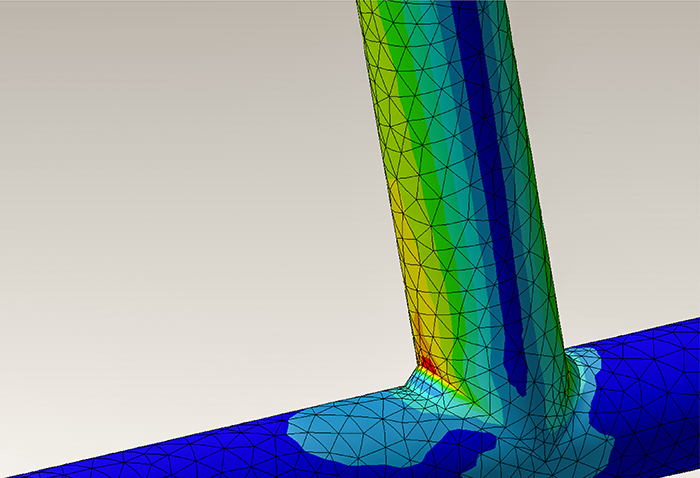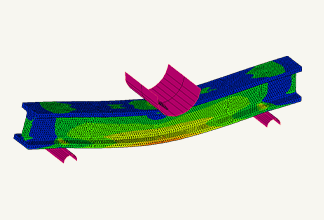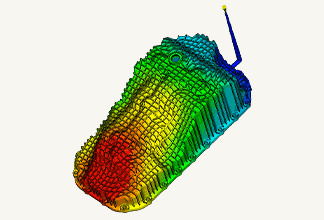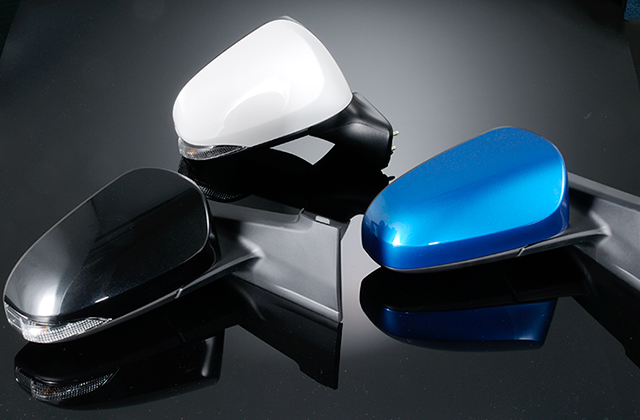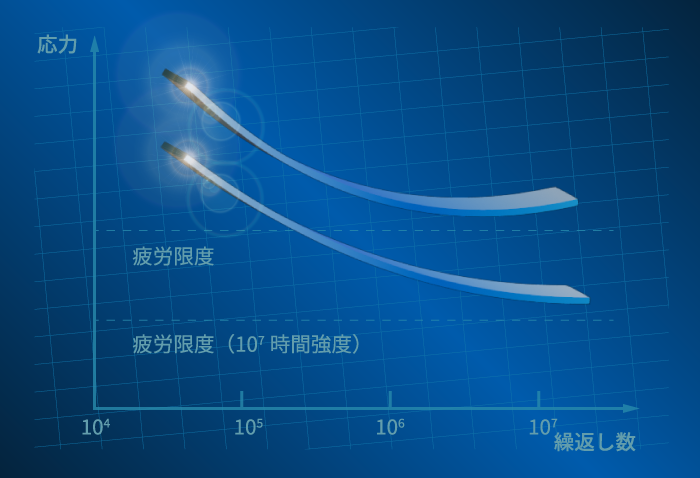
- TOP
- Fundamentals of CAE
- Part10 Types of structural analysis and required material data
Series: Fundamentals of CAE Analysis for Plastic Product Design
Part10 Types of structural analysis and required material data
In part 10 to 12, we will introduce structural analysis, which is used to verify whether a structure is designed to have sufficient strength and durability.
This time, we will explain in detail the types of structural analysis, the required data, and points to note.
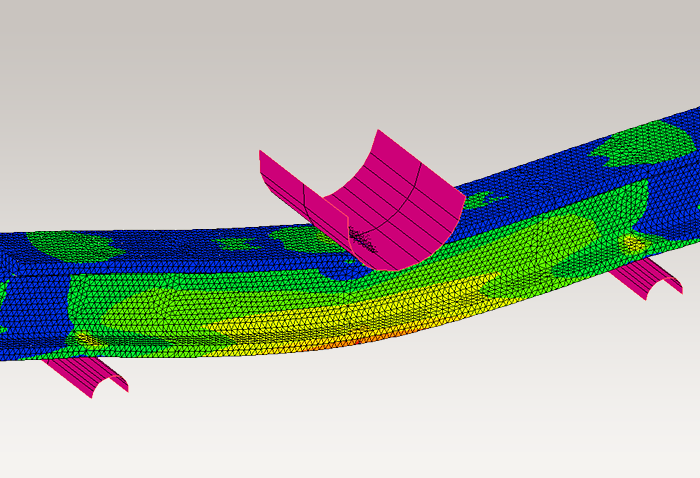
Contents
What is structural analysis?
CAE structural analysis (stress analysis) is an analysis performed to confirm the effects of loads on structures and their components (deformation behavior, internal deformation state of parts, safety). It analyzes whether the design specifications for achieving the product's purpose and function are problem-free in terms of structural mechanics. Specifically, it verifies whether the structure is designed to maintain sufficient strength and durability by visualizing deformation behavior and stress distribution using structural analysis.
It is also used to investigate the cause of damage to a product when it is damaged during testing or an accident. It is an essential technology in manufacturing.
The most basic type of structural analysis is linear structural analysis. Linear structural analysis is an analysis that calculates static deformation behavior assuming elastic properties. In design, deformation and stresses for loads under design conditions must fall within elastic deformation, and structural shapes are designed and materials are selected to achieve this.
Other methods include nonlinear structural analysis that considers plastic deformation of materials due to large deformation, dynamic analysis that considers instantaneous loading (impact loading), and creep analysis that evaluates the creep effect caused by prolonged loading.
In real products, the loads acting on them change over time, creep phenomena occur with long-term use, and dynamic phenomena occur due to instantaneous loading. However, in the short-term range, when the response to loading is not significant or in steady state, it is treated as a static phenomenon. This allows for more efficient structural analysis since the boundary conditions are less complex and the computational load is lower than for dynamic phenomena.
The next section describes the types of structural analysis often used.
Types of structural analysis
One of the most important input items for structural analysis is the stress-strain curve (SS curve). A stress-strain curve is a graphical representation of the relationship between strain and stress when a material is deformed, and its shape differs depending on the material. For example, Figure 1 shows the stress-strain curve of stainless steel.
Material properties obtained from stress-strain curves as materials deform are essential information in structural analysis.
 Fig. 1 Elastic and plastic regions of materials as indicated by the stress-strain curve
Fig. 1 Elastic and plastic regions of materials as indicated by the stress-strain curve
■ Linear structural analysis
1. Overview
Linear structural analysis is an analytical method that assumes that the deformation and stresses in a structure are sufficiently small that failure will not occur. As shown in Fig. 1, there is a proportional relationship between stress and strain within a range of small deformation (strain), and this region is called the elastic region. Linear structural analysis is an analysis method that assumes the properties of this elastic region. This analysis method is used in many situations because it requires fewer input conditions and less analysis time.
2. Required Data
CAD data, Young's modulus, Poisson's ratio, load boundary conditions
3. Results
Deformation behavior, displacement, stress distribution, strain, etc.
4. Points to note
This analysis is based on the assumption that loads, restraint conditions, etc. do not change over time. Since the analysis is performed within a small range of deformation, it is not possible to analyze the state of fracture, etc.
■ Nonlinear structural analysis
1. Overview
Nonlinear structural analysis is an analysis method that considers large deformation and rotational behavior of structures (= geometric nonlinearity) and assumes that materials deform to within their plastic range (= material nonlinearity). In many cases, the analysis of actual phenomena will be nonlinear, so these nonlinearities must be taken into account in order to calculate more realistic phenomena in the analysis.
- Material Nonlinearity
The region where the stress-strain relationship (SS curve) is no longer proportional after the yield point of a material is called the plastic region. Considering the SS curve, which includes this plastic region, as a physical property is called material nonlinearity. - Geometric Nonlinearity
This method is used to account for cases where large deformations or rotational behavior cause the direction of loads to change from before to after deformation (see figure below). This method is used when large changes occur in members, such as large deformations that can be visually confirmed.
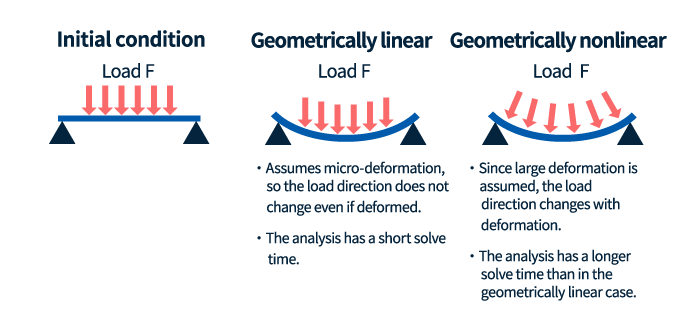 Fig. 2 Image of geometric nonlinearity
Fig. 2 Image of geometric nonlinearity
2. Required Data
Young's modulus, Poisson's ratio, SS curve (true stress-strain)
3. Results
Stress distribution, deformation amount, deformation mode
4. Points to note
When creating SS curves from tensile testing, the strain obtained by dividing the acquired displacement by the original length is called “nominal strain,” and the stress obtained by dividing the acquired load by the cross-sectional area before deformation is called “nominal stress. When performing a structural analysis that considers plastic deformation, which assumes large deformation, SS curves created with nominal stress and nominal strain cannot accurately represent the deformation behavior. Nominal strain must be converted to true strain and nominal stress to true stress, respectively for use in structural analysis.
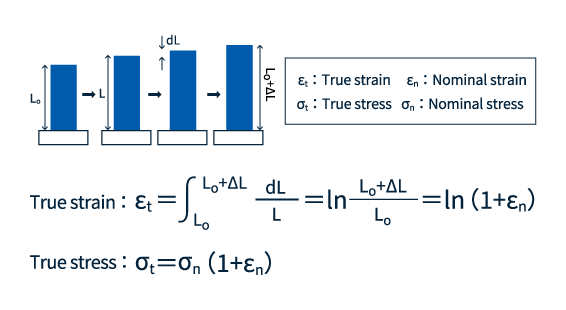 Fig. 3 How to convert nominal stress-strain to true stress-strain
Fig. 3 How to convert nominal stress-strain to true stress-strain
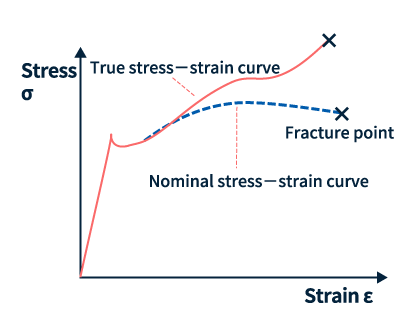 Fig. 4 Difference between nominal stress-strain and true stress-strain
Fig. 4 Difference between nominal stress-strain and true stress-strain
Applied structural analysis
■ Dynamic analysis (impact analysis)
1. Overview
This analysis is used when loads are applied instantaneously and abruptly, such as in the case of a collision. It is used when such a situation is assumed in the product specifications, or to investigate the cause of failure.
2. Required Data
CAD data, Young's modulus, Poisson's ratio, density, load boundary conditions, (possibly also initial velocity and acceleration conditions)
3. Results
Deformation behavior, displacement distribution, velocity distribution, acceleration distribution, stress, strain
4. Points to note
Plastics has the property that material properties vary depending on the deformation rate (strain rate dependence). Therefore, if the deformation rate at the measurement point is high, SS curves obtained from tensile testing at low speeds may not be accurate for analysis. Analysis accuracy can be improved by using a high-speed tensile tester to obtain SS curves at high strain rates and incorporating them into the input information for structural analysis.
■ Thermal stress analysis
1. Overview
As shown in the figure below, materials expand as they warm up and contract as they cool down. This structural analysis takes into account expansion and contraction caused by temperature changes.
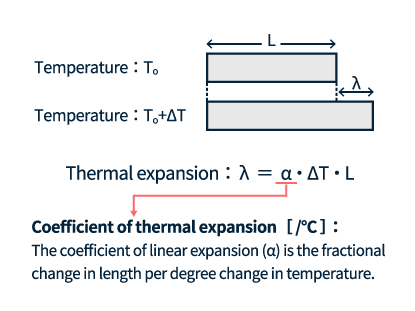 Fig. 5 Thermal expansion with temperature change
Fig. 5 Thermal expansion with temperature change
2. Required Data
CAD data, Young's modulus, Poisson's ratio, linear expansion coefficient, initial temperature, final temperature
3. Results
Deformation behavior, stress distribution, strain distribution, displacement distribution, temperature distribution
4. Points to note
If an object is in an unrestrained free state, it expands without resistance and thermal stress does not occur. However, thermal stress can occur if the object is constrained, if the temperature distribution within the object is uneven, or if the object is a structure composed of different materials. Therefore, if an object is expected to be used in a high-temperature environment, it is often necessary to perform a thermal stress analysis that takes into account the effects of thermal expansion.
Summary
Various methods of structural analysis and the information required/obtained for each method were introduced.In any structural analysis, CAD data, physical properties (Young's modulus, Poisson's ratio), and loading boundary conditions are the minimum necessary information, so be sure to prepare them in advance.
Applied structural analysis, such as nonlinear analysis and dynamic analysis, has the potential to provide behavior closer to actual phenomena, but the information that must be prepared in advance often presents a high hurdle to modeling. It is often possible to study smoothly by first conducting analysis using a simplified linear structural analysis and then gradually increasing the complexity of the model by following the steps.
次回は、本回では紹介しきれなかった、樹脂のクリープ解析と疲労解析について解説します。
For more information about CAE, please contact us.
CAE Download Slides
